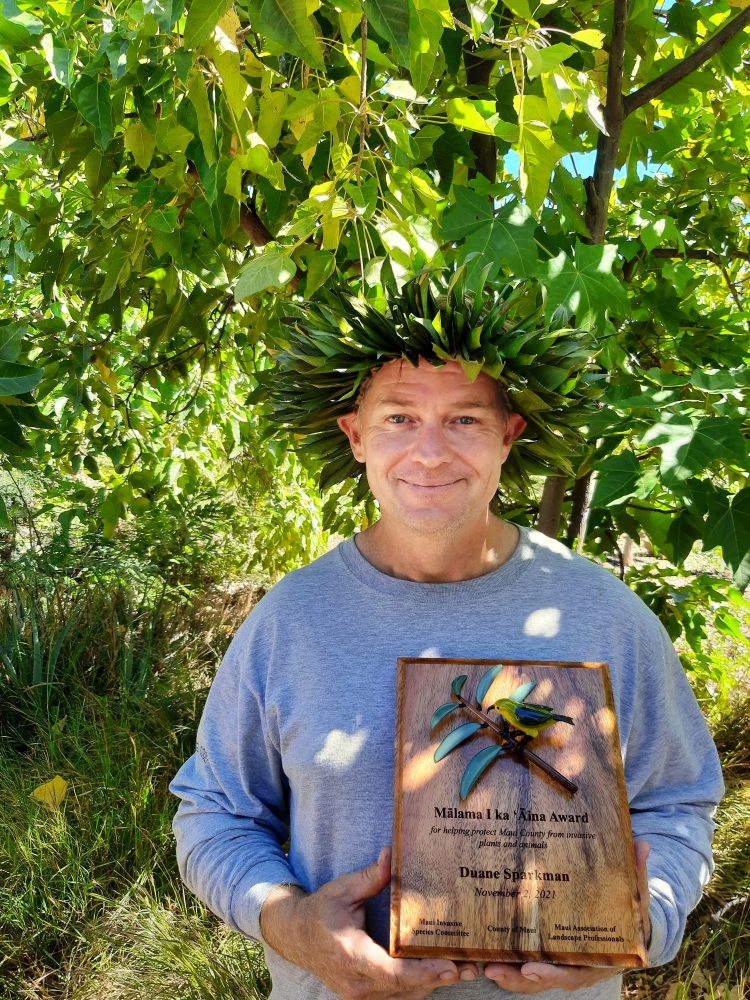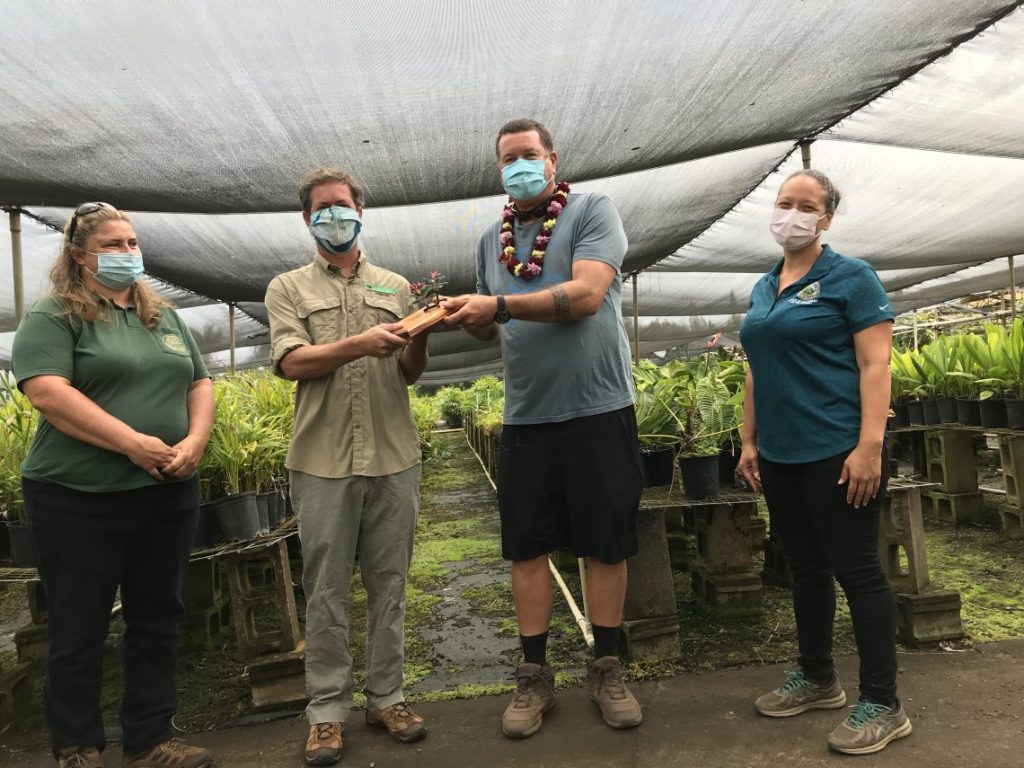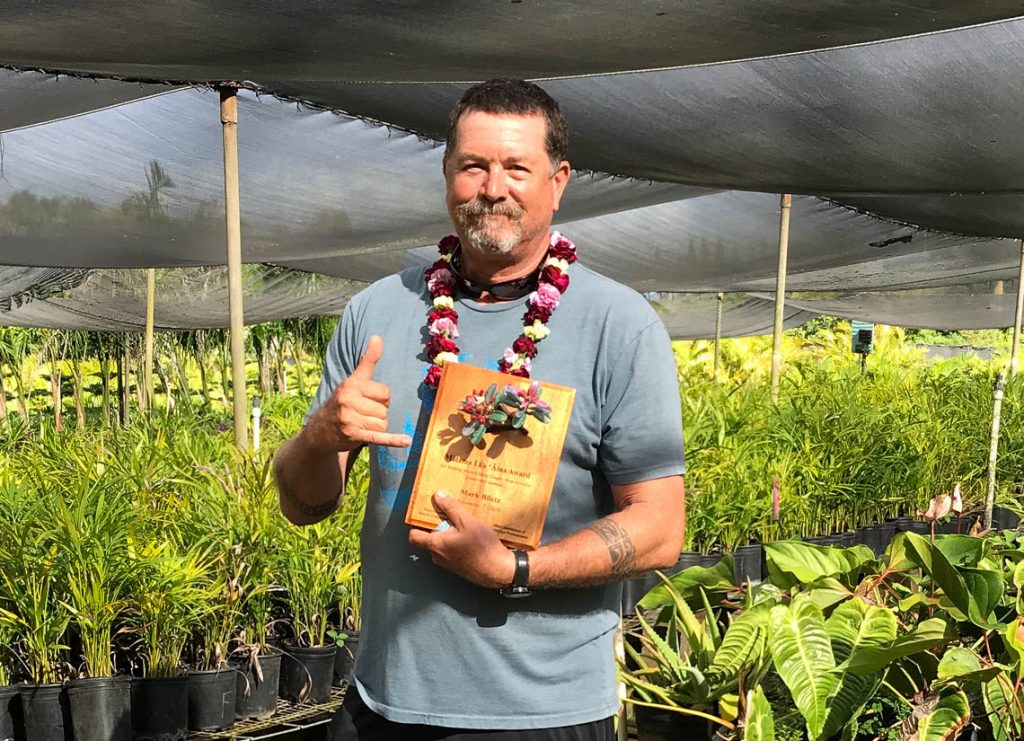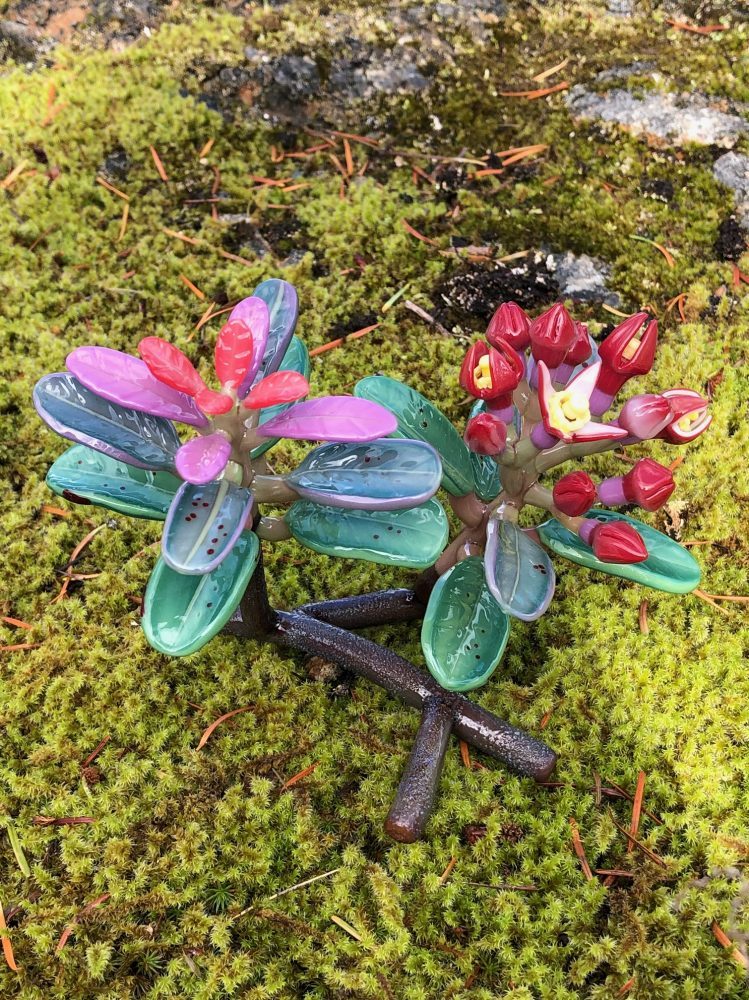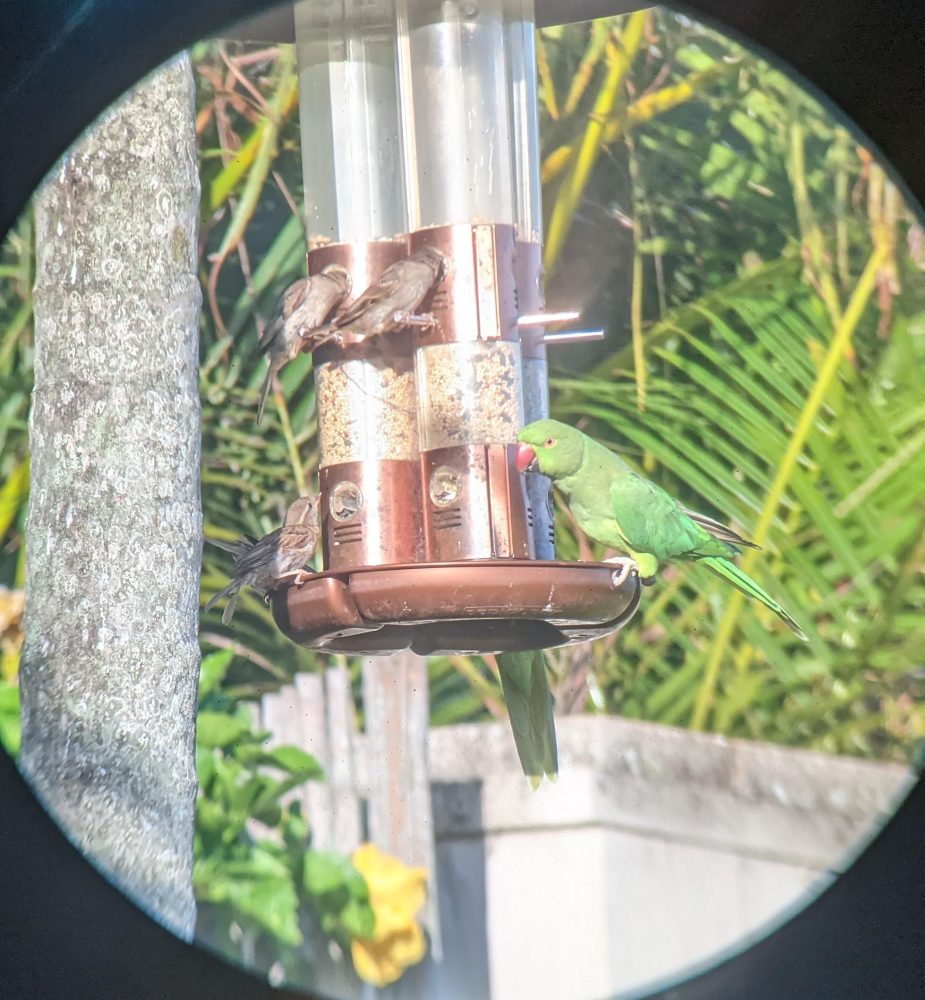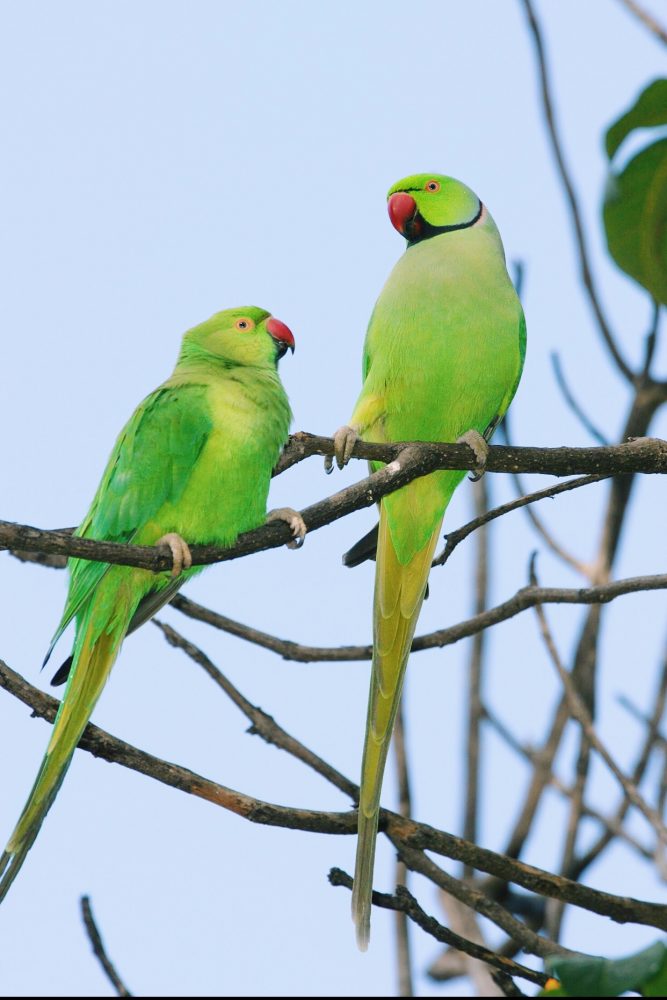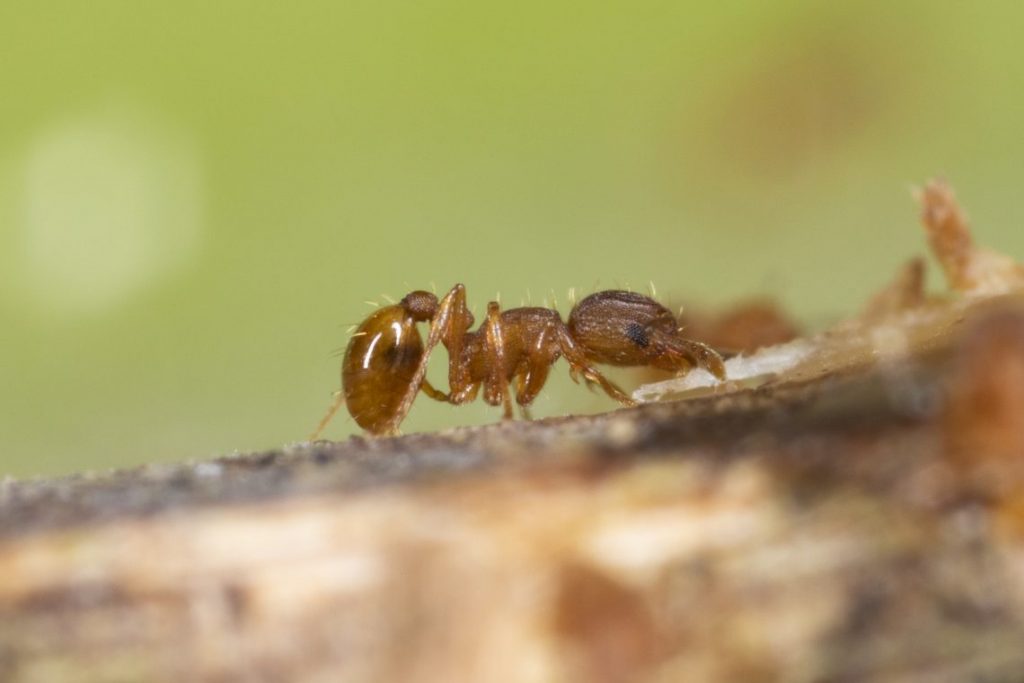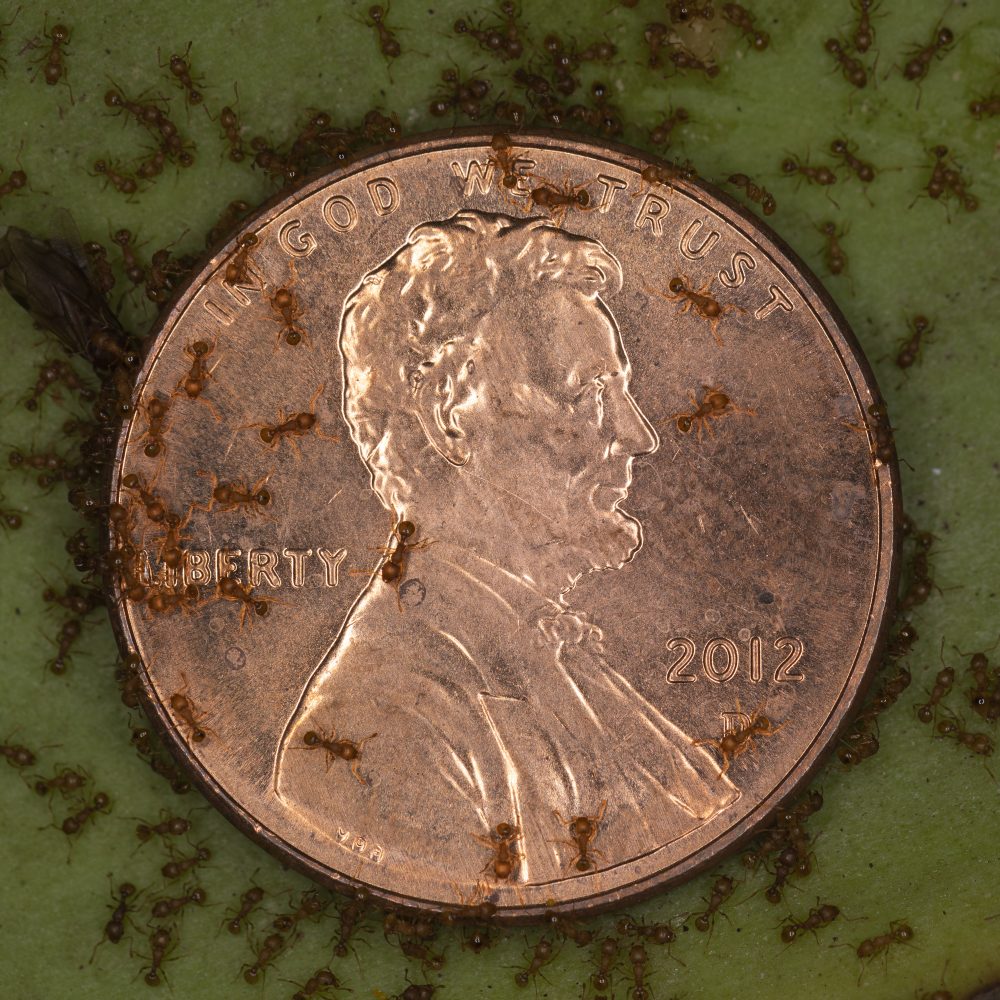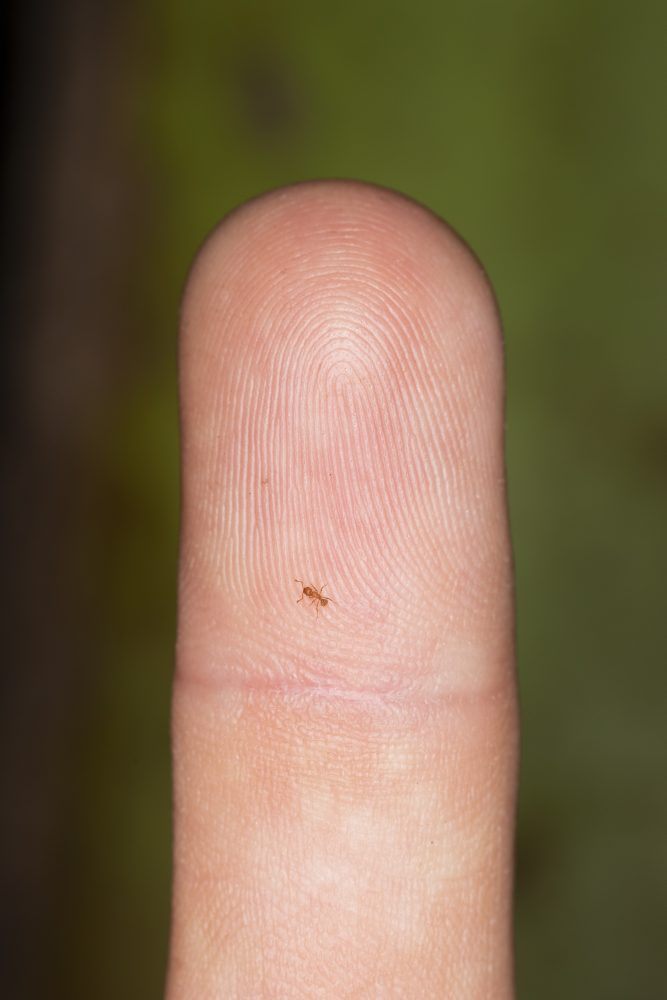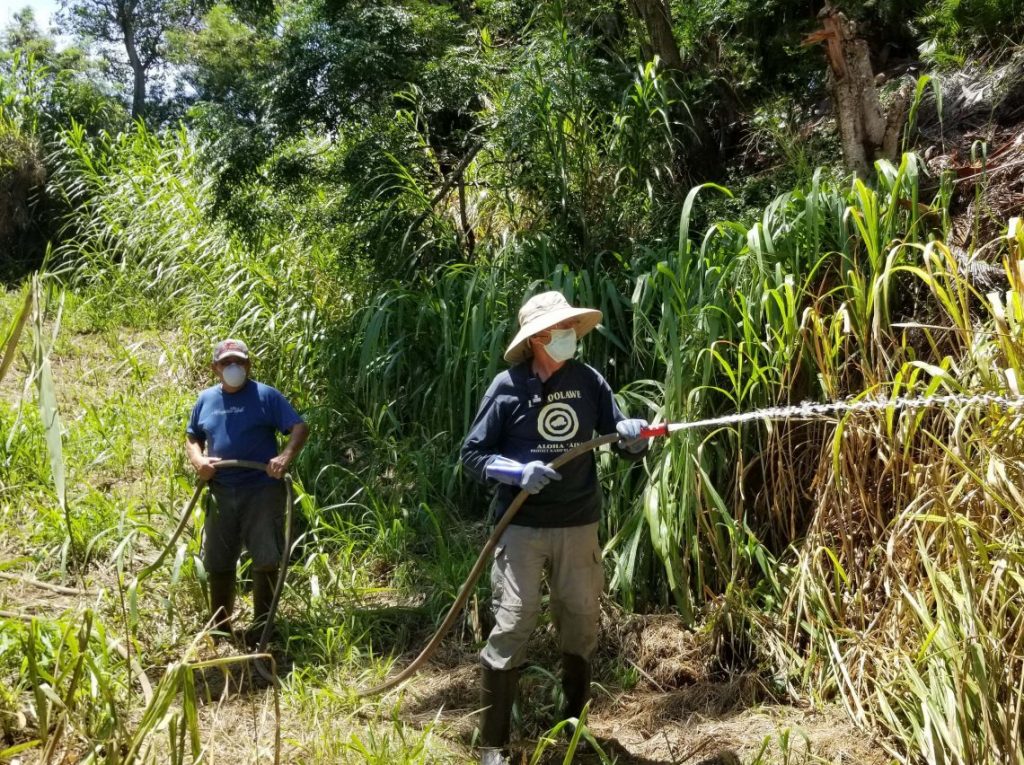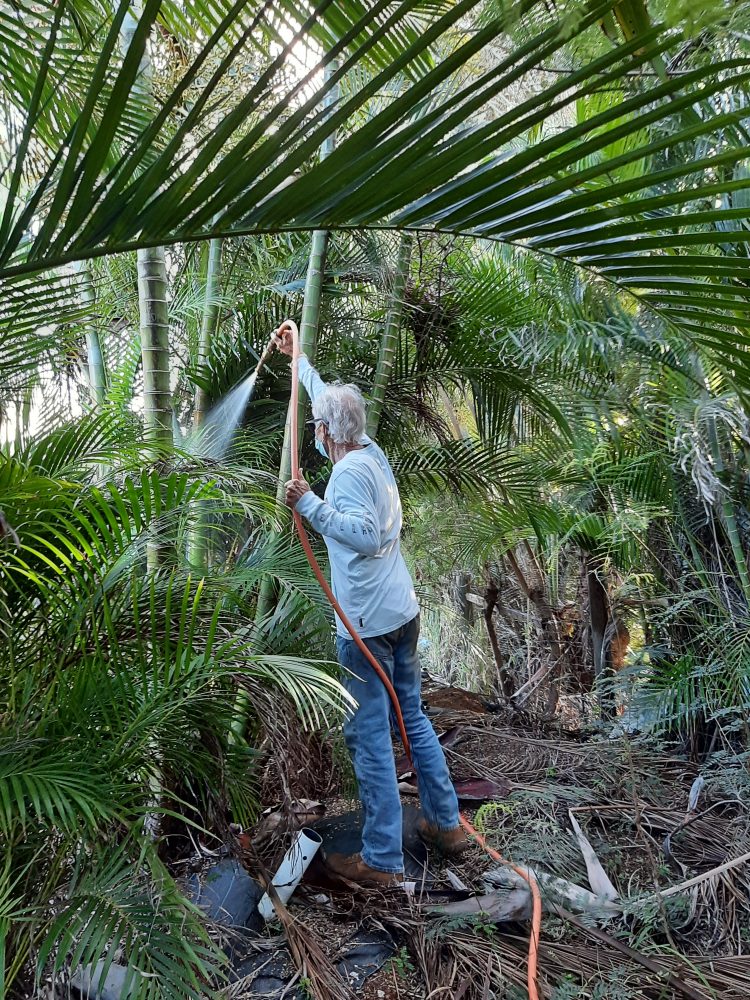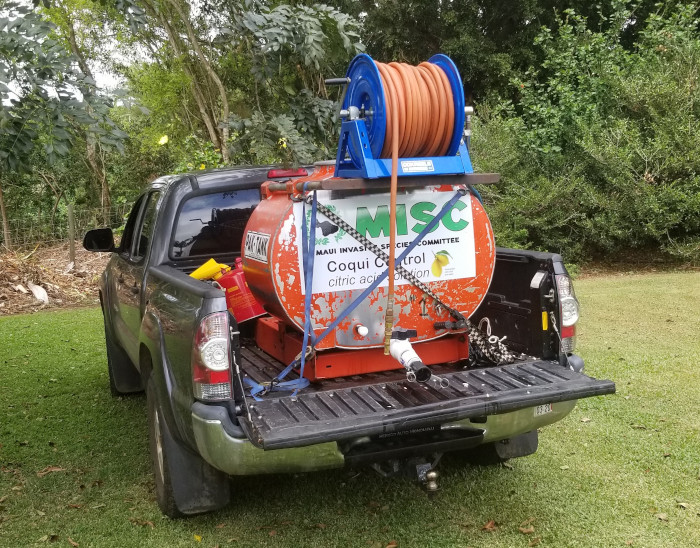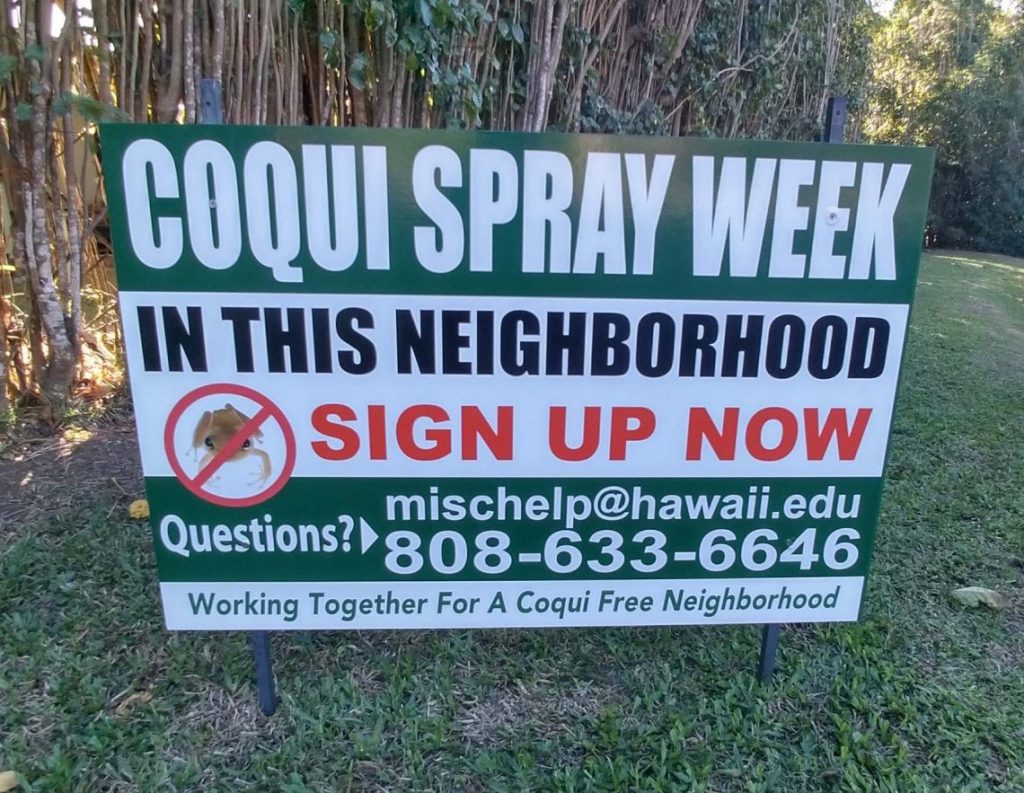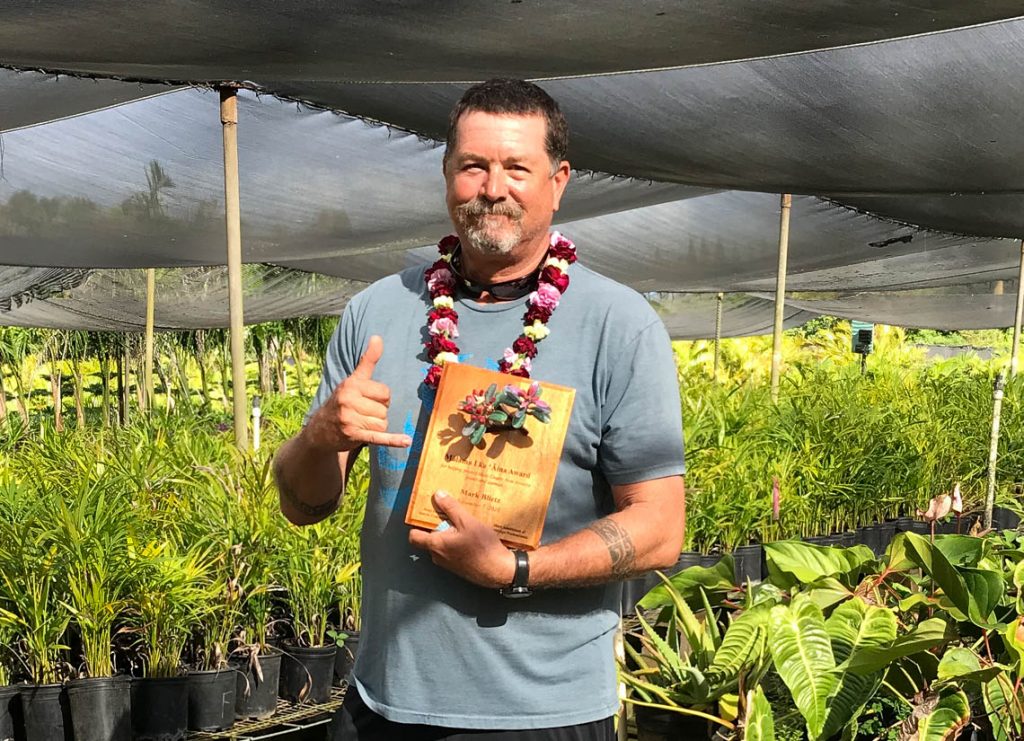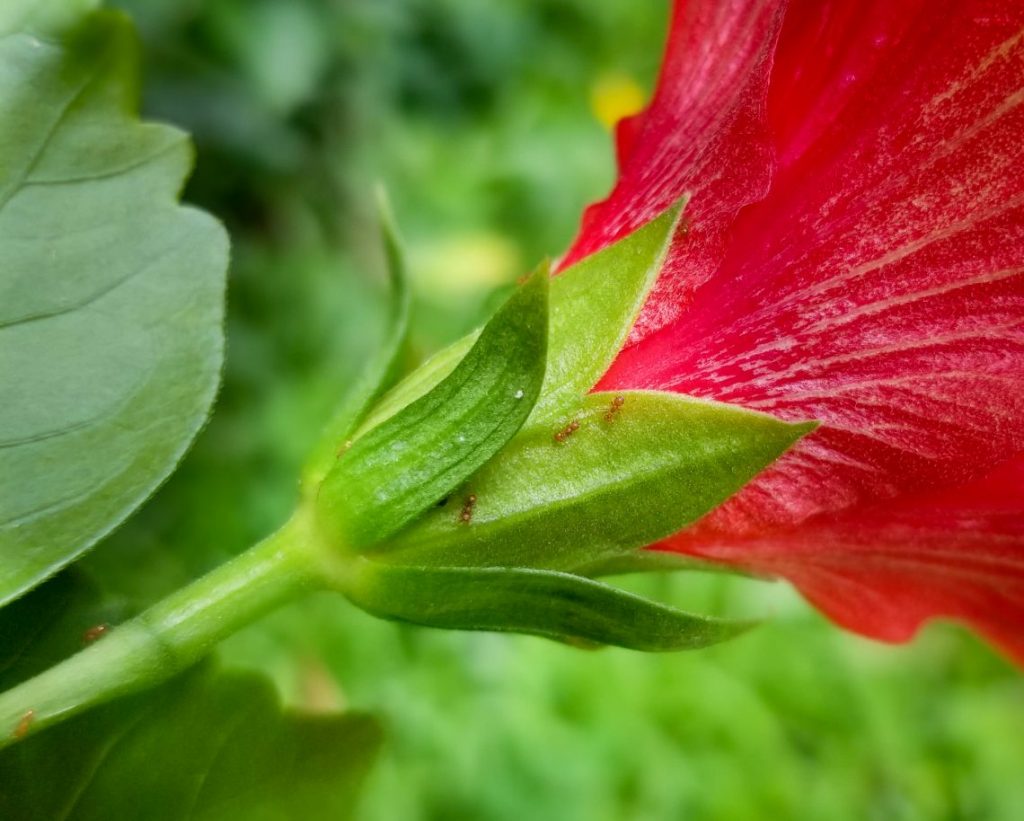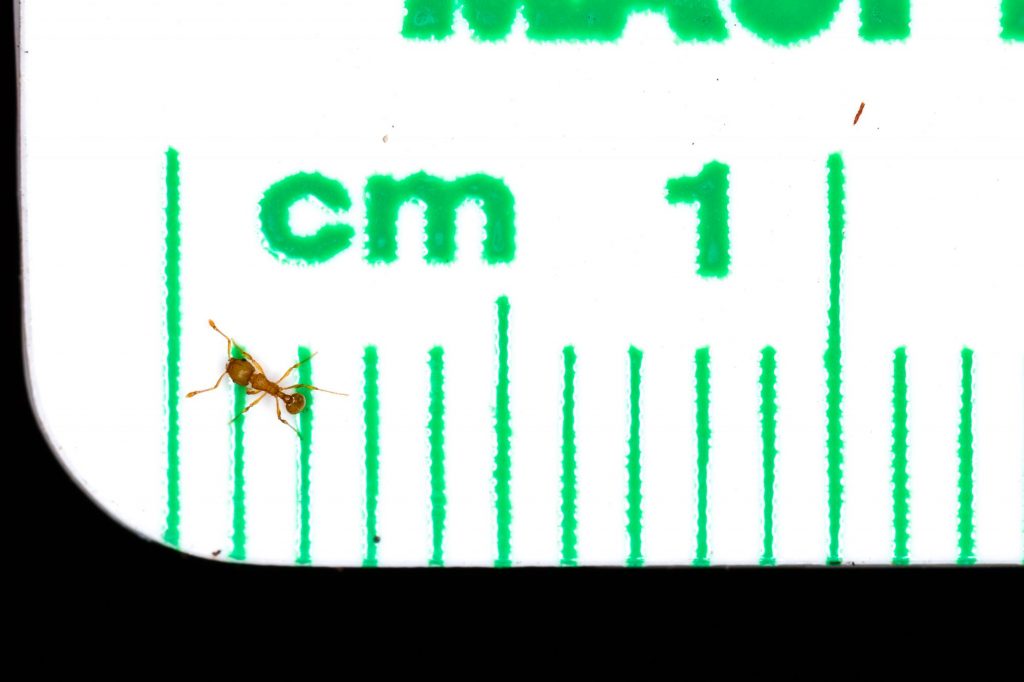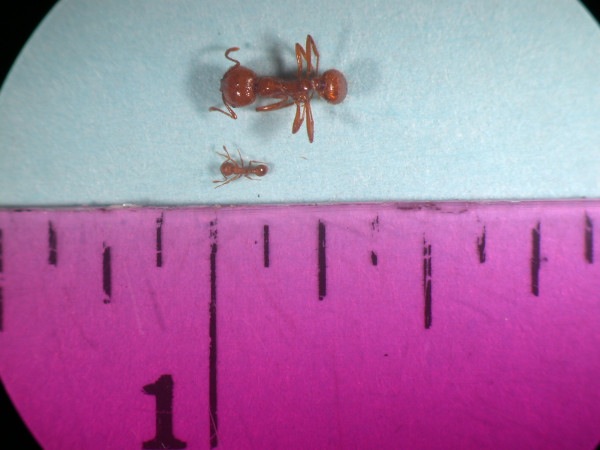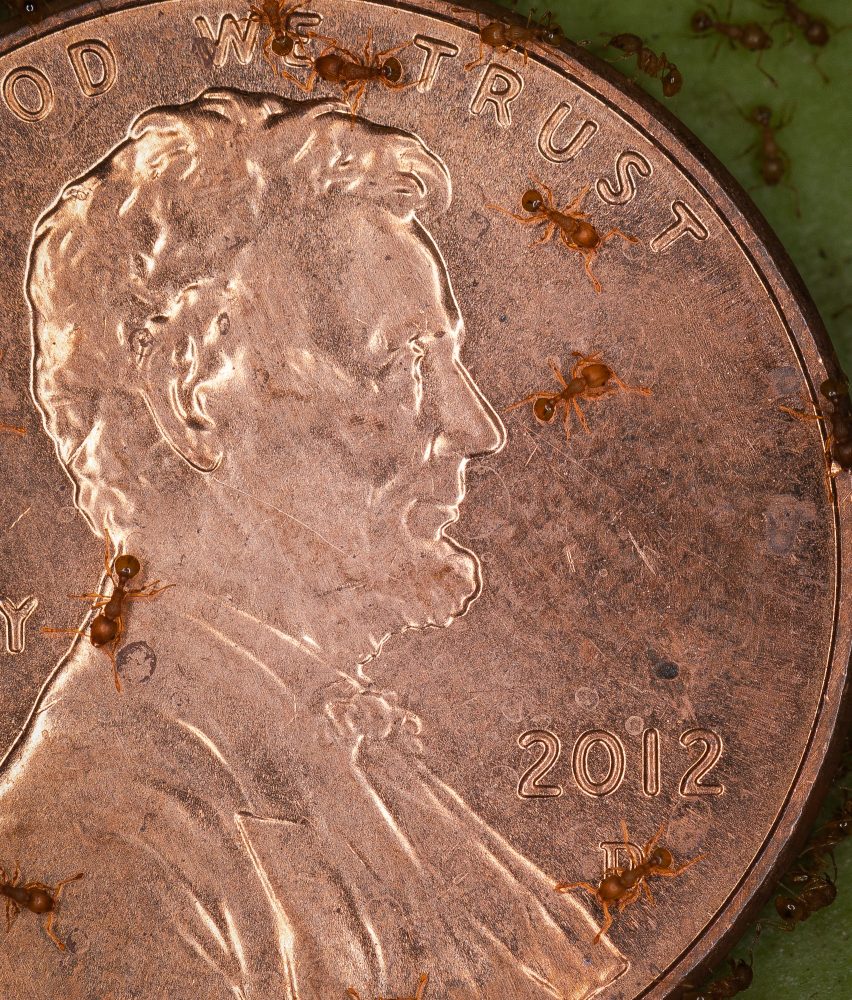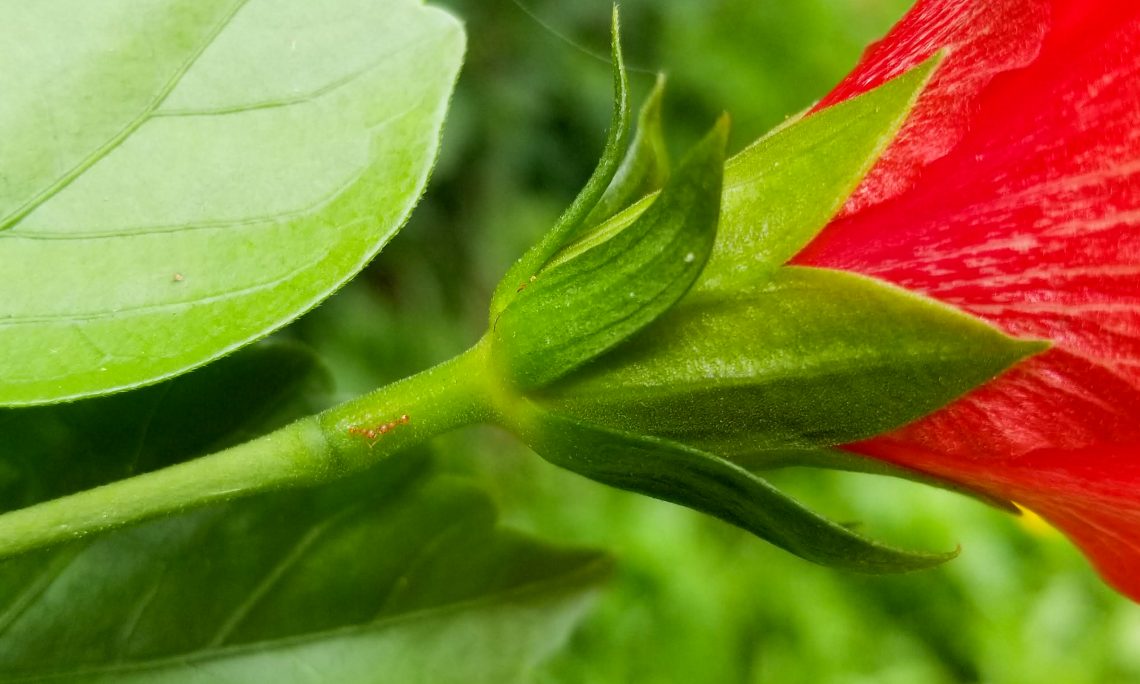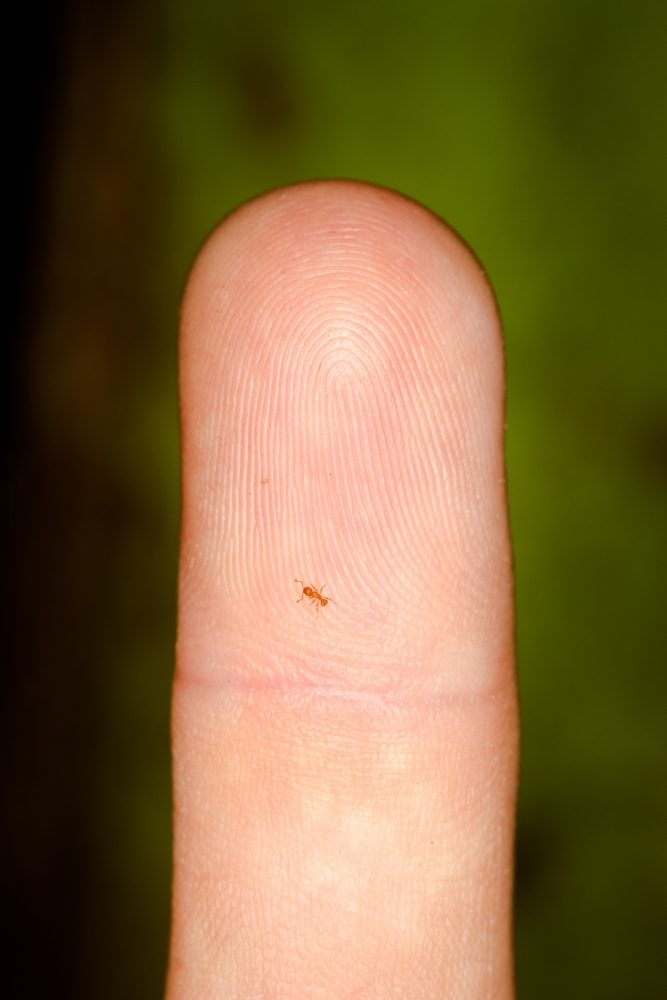Kahului, Maui- Recent sightings of red-vented bulbuls (Pycnonotus cafer) on Maui have agriculture and wildlife officials concerned. Native to Pakistan and India, red-vented bulbuls are among the International Union for Conservation of Natureʻs (IUCN) Top 100 Invasive Species worldwide. They have long been established on Oʻahu, but have remained absent on all other Hawaiian islands. Over the years, several individuals have been observed on Maui, however, these individuals were removed, and no established breeding population is known on the island. Red-vented bulbuls are on the State of Hawaiʻi Injurious Species list, making it illegal to release or transport them to other parts of the State or export them without a permit. They are a high priority invasive pest for the State of Hawaiʻi.
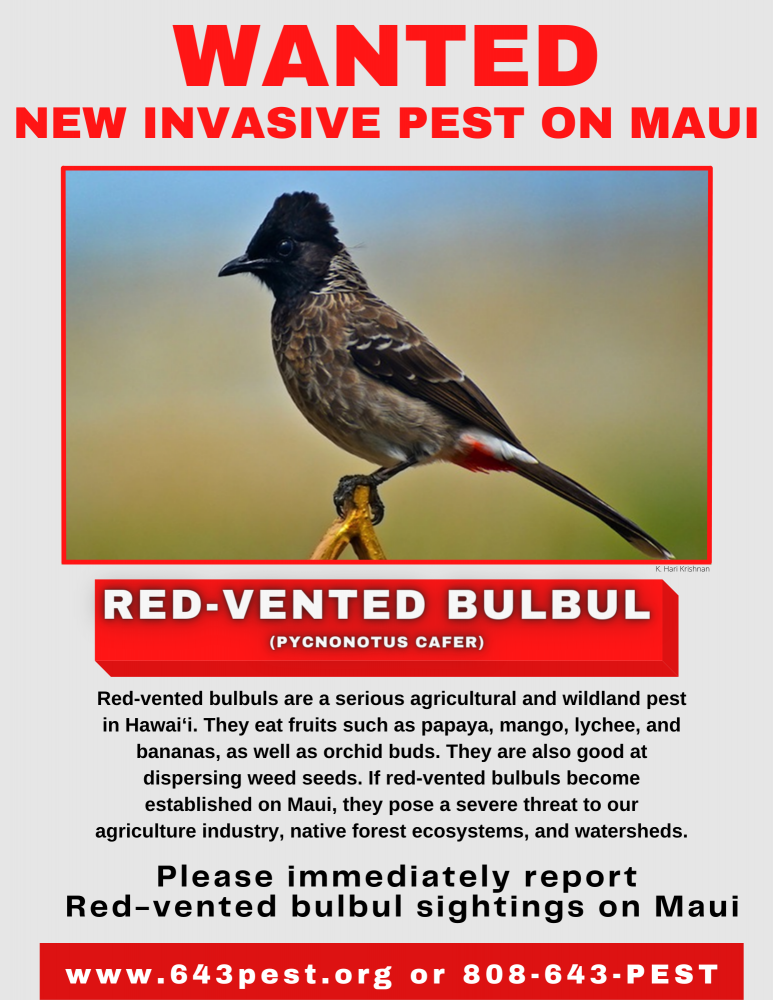
On November 28, 2021, Chris Warren, Forest Bird Program Coordinator at Haleakalā National Park, observed a male red-vented bulbul on Stable Road in Spreckelsville, Maui. Since then, several other sightings have been reported near Costco, Whole Foods, and Queen Kaʻahumanu Center. It is unknown if there are multiple birds or just one individual traveling throughout this area. Two reports were also submitted on December 2 of sightings near Honolua and Kapalua Golf Course in West Maui. These sightings have not yet been verified as red-vented bulbuls.
Red-vented bulbuls are a serious agricultural and wildland pest in Hawaii, and have caused significant damage on Oʻahu. They plague fruit farmers and nurseries, flocking in large groups and devouring commercial fruits such as papaya, mango, lychee, and bananas. They also have a taste for orchid buds, and reportedly caused over $300,000 in damage to the Oʻahu orchid industry one year. Bulbuls are also particularly good at dispersing high-priority plant pests targeted by invasive species committees such as ivy gourd and miconia. If red-vented bulbuls become established on Maui, they pose a severe threat to native forest ecosystems and Mauiʻs watersheds.
The red-vented bulbul is about 8 ½ inches long and looks like a black cardinal. Adults are dark with a pointed crest on their head, white abdomen and rump, and crimson under the tail. They also have a slight white marking at the tip of their tail. They make frequent loud calls. The immature bird is like the adult but with some brownish edging on the feathers. Bulbuls are often seen scavenging in parks, hunting for insects in the evening hours, sitting on telephone wires, and are one of the few birds that tend to land on the sides of trees.
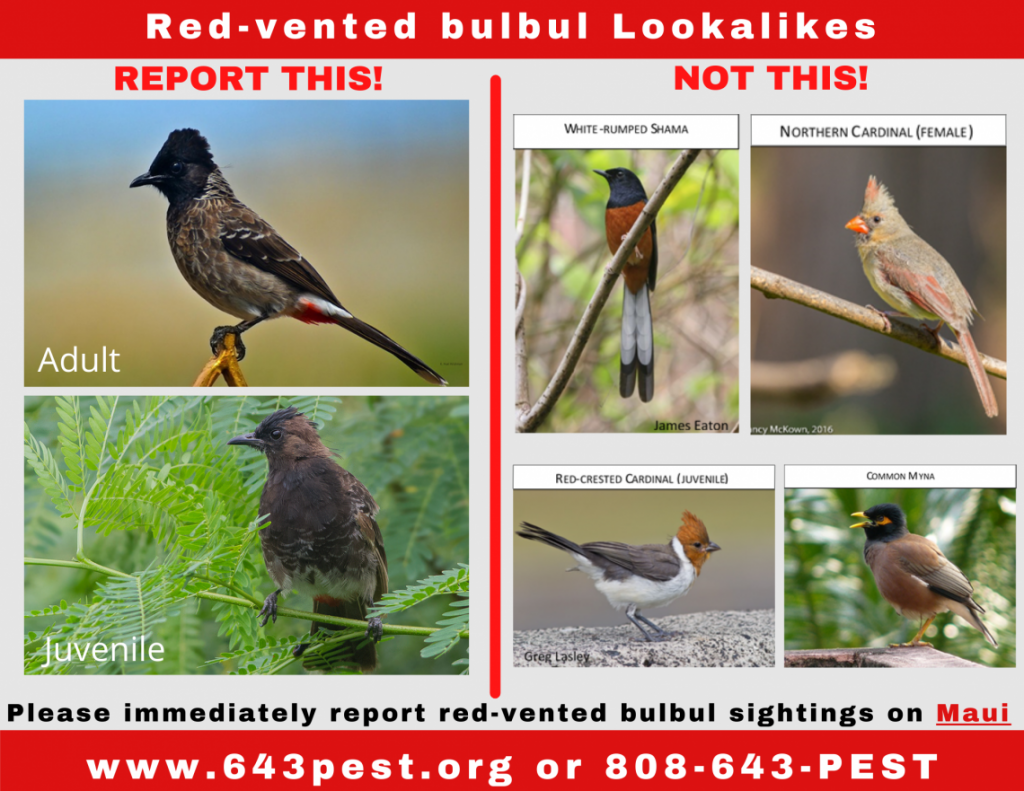
It is crucial to prevent this species from becoming established on Maui. Residents are urged to help by immediately reporting any red-vented bulbul sightings to 643pest.org or calling 643-PEST (7378). Clear descriptions of the bird, time and place observed, and photos and videos are helpful when submitting reports.
For more information, please call 573-MISC or e-mail miscpr@hawaii.edu.




